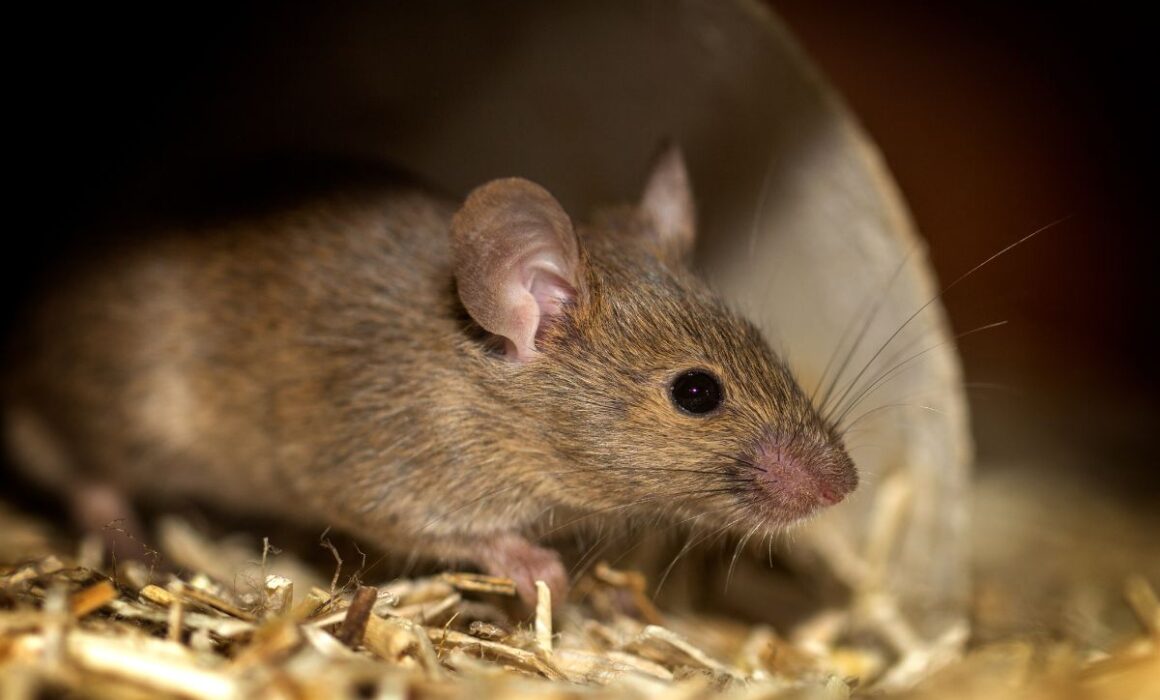Understanding Mice Behavior and Common Infestation Areas
Mice, with their small size and elusive nature, can be a persistent challenge for homeowners. Understanding their behavior and the areas they commonly infest is crucial for effective pest control in Riverside County. In this article, we’ll delve into the intricacies of mice behavior and highlight the typical areas these rodents frequent in homes.
Mice Behavior: What You Need to Know
- Nocturnal Habits:
- Mice are nocturnal creatures, preferring to be active during the night. This behavior makes it challenging for homeowners to detect their presence during daytime hours.
- Excellent Climbers and Jumpers:
- Mice are adept climbers and jumpers, allowing them to access various areas of a home. They can climb vertical surfaces, including pipes and wires, and jump up to a foot high, making it essential to seal entry points both horizontally and vertically.
- Curiosity and Exploration:
- Mice are naturally curious and tend to explore their surroundings. They are attracted to new objects and food sources, making kitchens and pantries common areas for infestations.
- Rapid Reproduction:
- Mice are prolific breeders, with a short gestation period and the ability to produce multiple litters in a year. A small mouse issue can quickly escalate into a more significant infestation if not addressed promptly.
- Nesting Instincts:
- Mice exhibit strong nesting instincts and will seek out secluded, dark areas to build nests. Common nesting materials include shredded paper, fabric, and insulation.
Common Areas of Mice Infestation:
- Kitchens and Pantries:
- Mice are attracted to the abundance of food sources found in kitchens. They will often nest near food storage areas, chew through packaging, and contaminate food with their droppings.
- Basements and Crawl Spaces:
- Dark, quiet, and undisturbed spaces like basements and crawl spaces are ideal nesting grounds for mice. They can access these areas through cracks, gaps, or utility entry points.
- Attics:
- Mice seek out attics for nesting as they provide warmth and insulation. Attics are commonly accessed through gaps in roofing or soffits.
- Wall Voids:
- Mice can navigate through wall voids, creating nests within the walls of a home. Scratching or rustling sounds within walls may indicate their presence.
- Storage Areas:
- Cluttered storage spaces offer mice both shelter and hiding spots. Cardboard boxes and stored items provide convenient nesting materials.
- Appliances and Electronics:
- Mice may take shelter behind or beneath appliances like refrigerators and stoves. They can also chew through wiring in electronic devices, posing a fire hazard.
- Garden Sheds and Garages:
- Mice are attracted to outdoor structures where they can find shelter and potential food sources. Check for gaps or openings in doors and windows.
Preventive Measures for Mice Control:
- Seal Entry Points:
- Conduct a thorough inspection of your home and seal any gaps or cracks in walls, windows, doors, and foundations.
- Maintain Cleanliness:
- Regularly clean and declutter storage areas, especially those with food items. Proper sanitation reduces potential nesting sites and food sources.
- Secure Food Storage:
- Store food in airtight containers to discourage mice from accessing and contaminating your pantry.
- Trim Vegetation:
- Trim vegetation around the exterior of your home to eliminate hiding spots and reduce potential entry points.
- Professional Pest Control:
- Engage the services of a professional pest control company for a comprehensive inspection and effective mice control strategies.
Understanding mice behavior and their favored infestation areas is crucial for a proactive and successful pest control approach. By implementing preventive measures and seeking professional assistance when needed, homeowners can safeguard their homes from the challenges posed by mice infestations.


